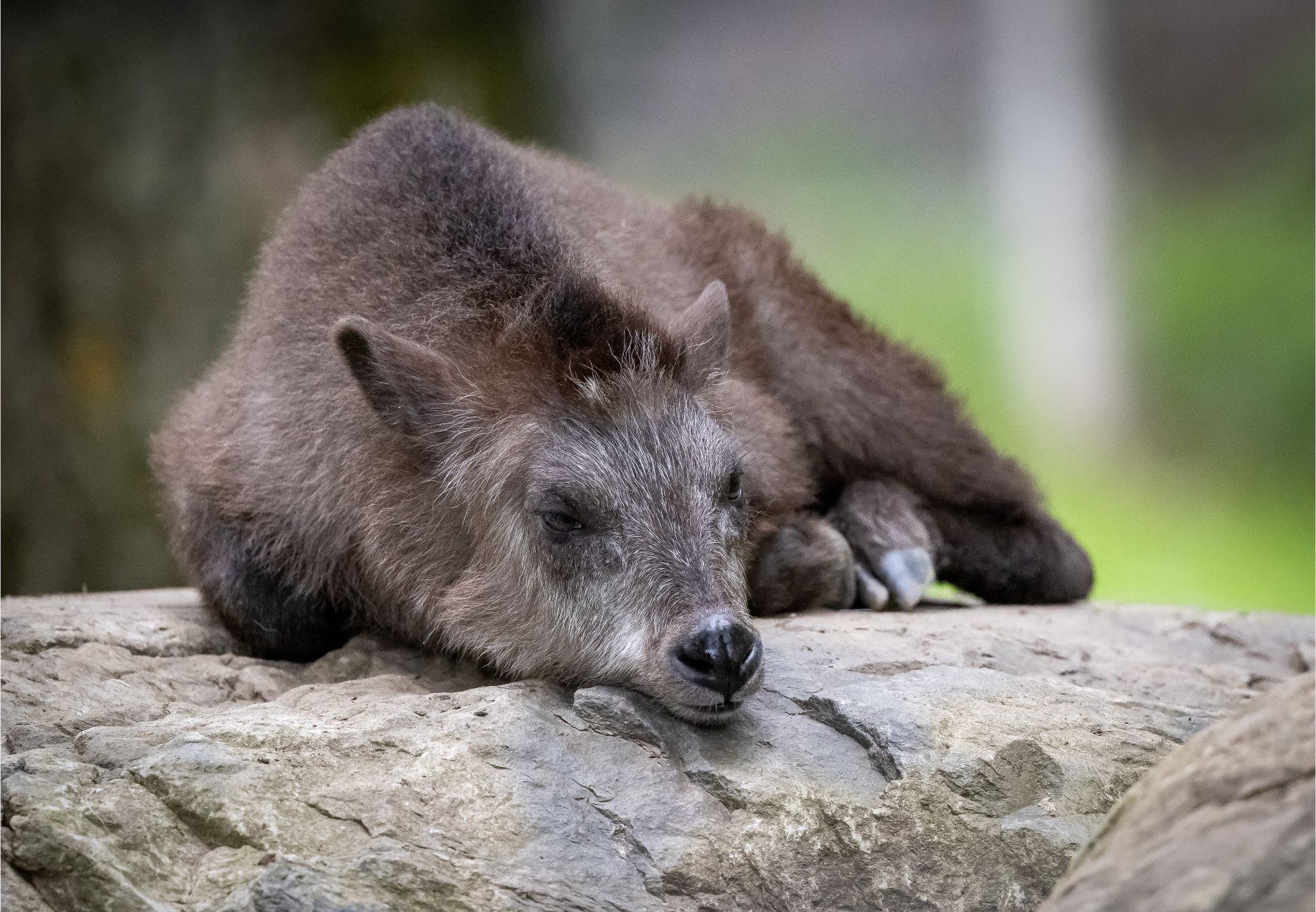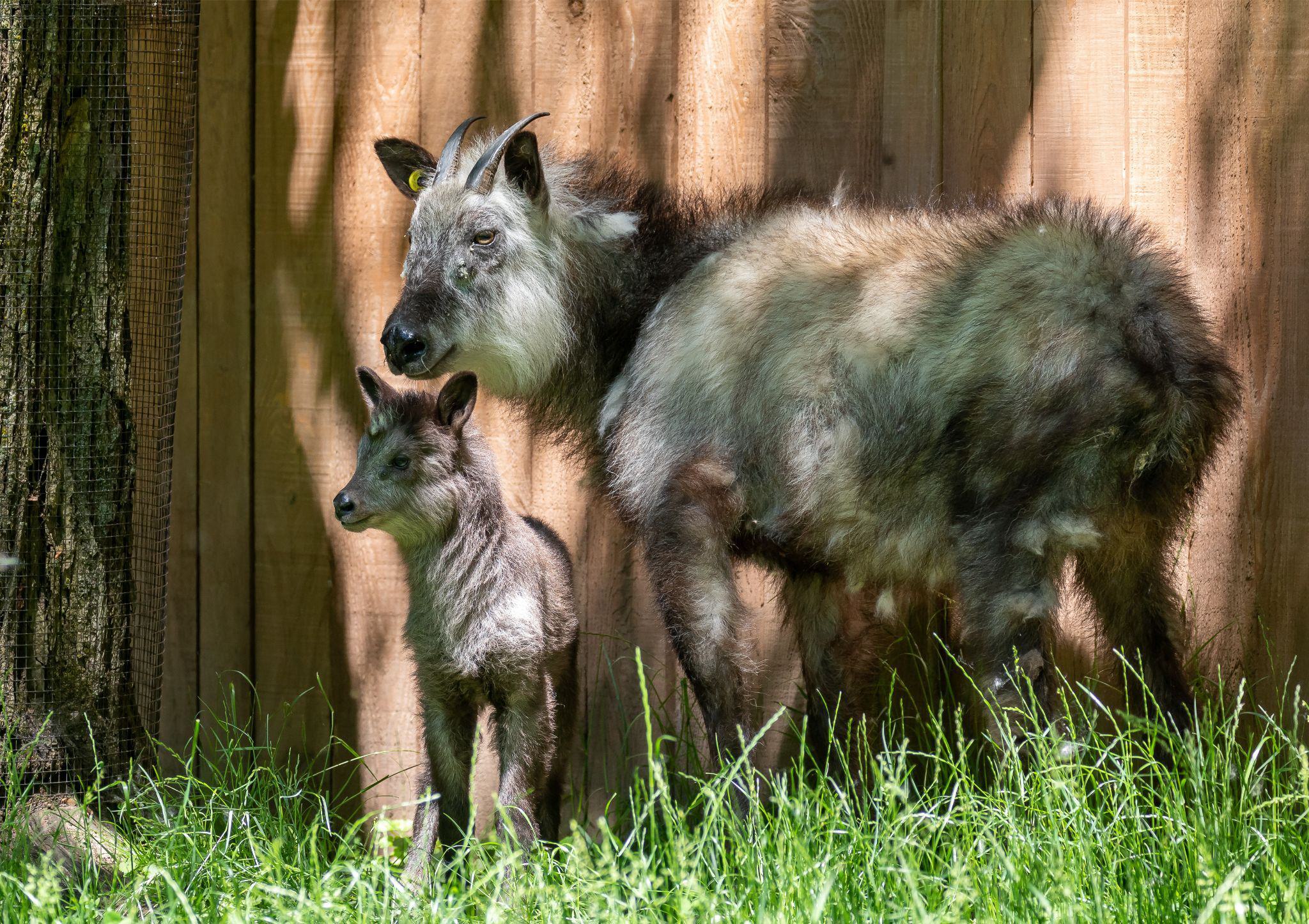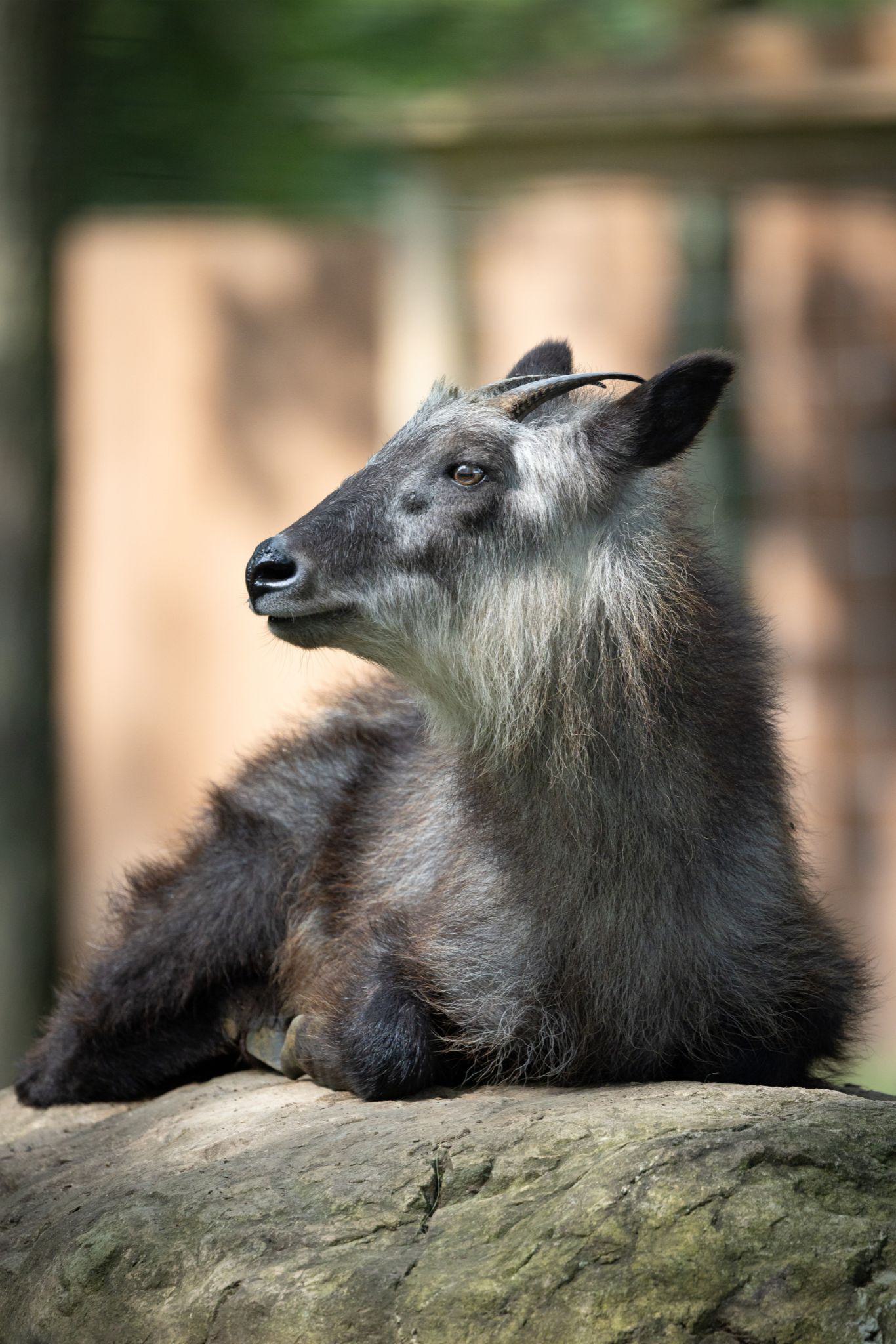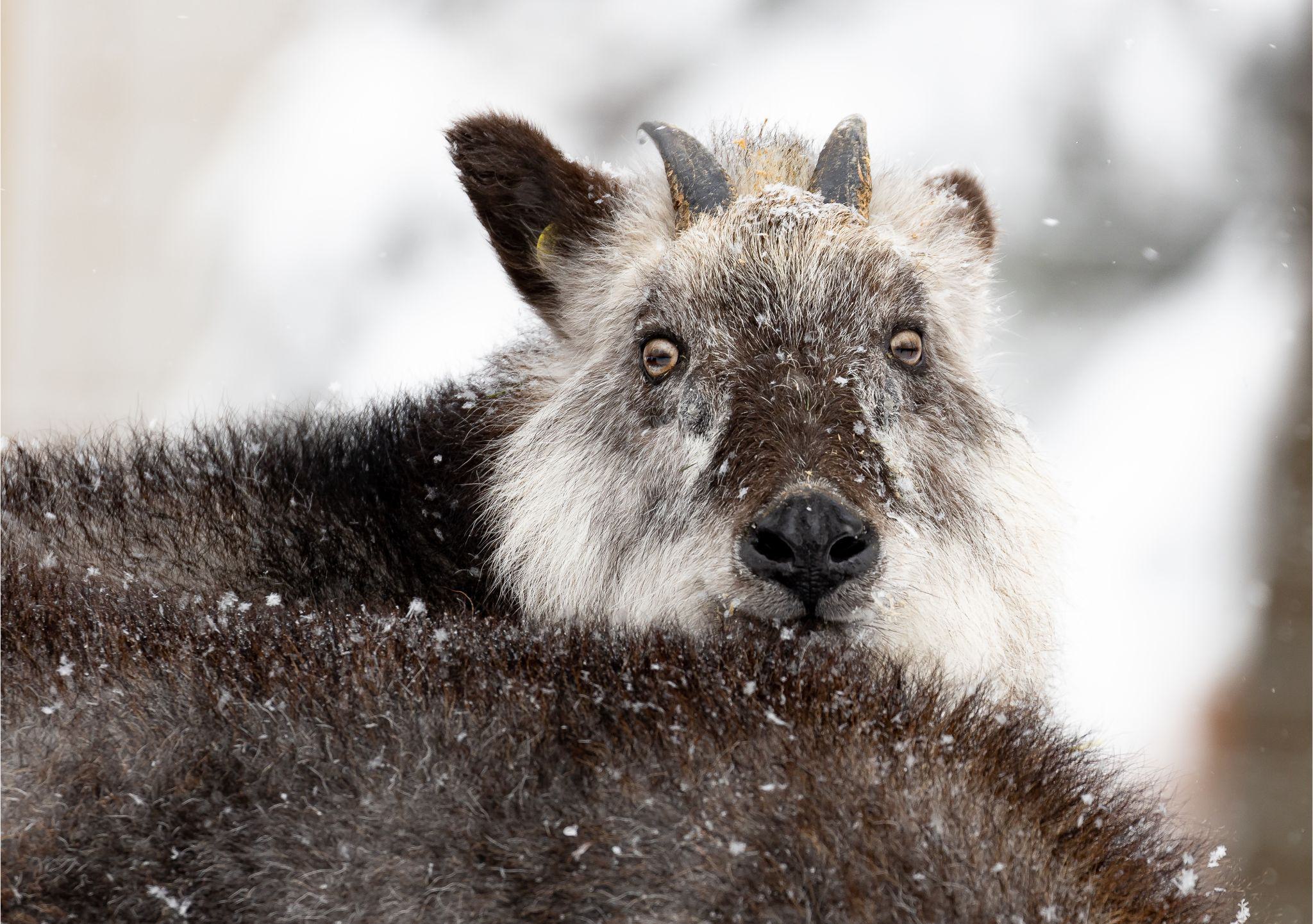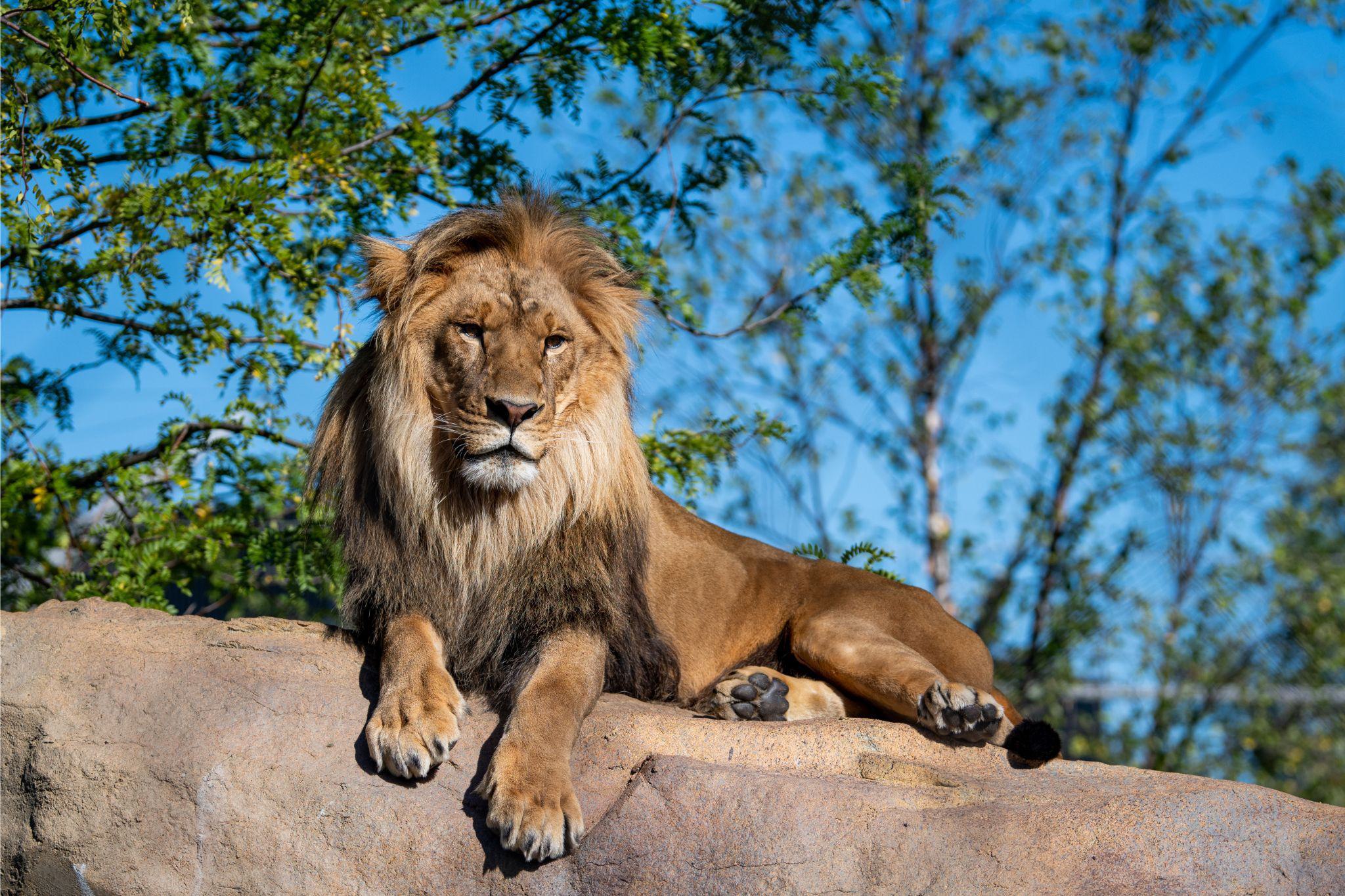
Japanese Serow
Japanese Serow
Distribution
Japan
Diet
Herbivore
Habitat
Mixed forest
Latin Name
Capricornis crispus
IUCN conservation status
Called goat wolves (or goat werewolves), serows are only found on 3 Japanese islands.
Interesting informations

